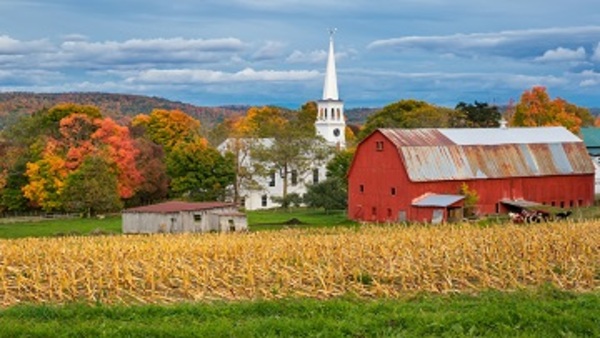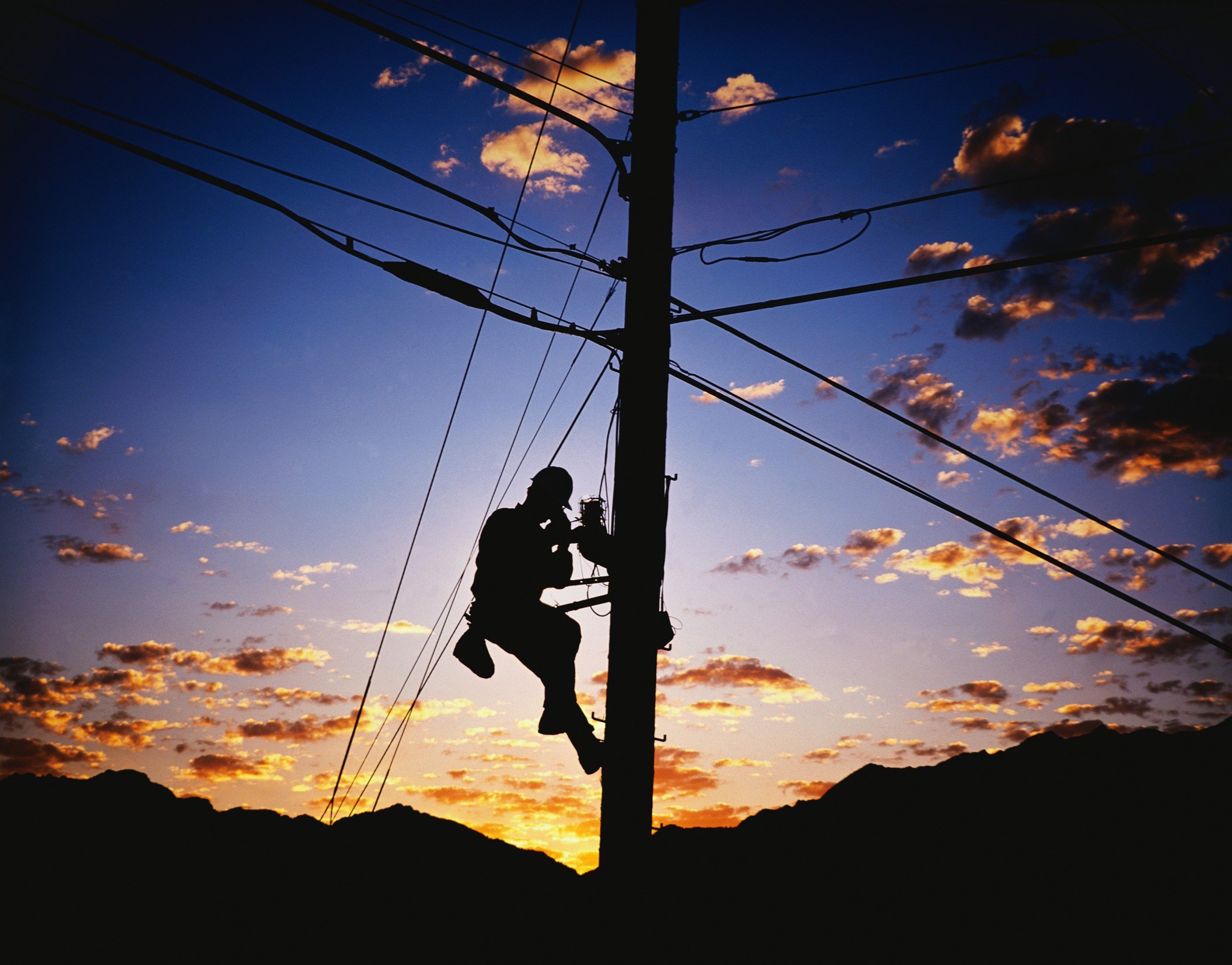
CommScope has deployed its Distributed Tap solution for more than 10 years, passing tens of thousands of plant miles and more than 300,000 homes in rural and suburban areas. Because the Tap solution needs only one fiber to pass 32 homes, in contrast to 32 fibers for centralized split, this architecture provides a scalable, low-cost-per-subscriber solution for service providers and co-operatives.
The substantial savings on the amount of fiber consumed to connect homes has made some of the rural deployments possible. Areas as low as six homes per mile can be built using this solution, where conventional centralized and distributed split FTTH architectures consume too much fiber for the projects to be justifiable.
CLICK TO TWEET: Lower costs in rural deployment? Yes please! We "tap" into the possibilities.
While most responsible design companies and service providers will want to ensure there is dark fiber for future expansion, the tap solution doesn’t prevent that aspect of planning; however, it can make it more affordable. Take a centralized split service area of 96 homes: in the distribution plant, there will be 96 fibers to connect the homes and another 24 dark fibers for future use. With the tap design, it would retain the 24 dark fibers for future use and require only three fibers more to connect the 96 homes. Rounding to a full 12-fiber buffer tube makes the cable a 36-count. So, the question is, why you would potentially invest in a 120-count cable when you could buy a 36-count and save well over 50 percent on cable costs to achieve the same objectives?
You must be asking yourself how anyone from a fiber company would ever advocate selling less fiber. Many rural areas around the country now have the benefit of an economical FTTH solution providing much needed services. These rural markets haven’t all been built with the Distributed Tap solution, as conventional wisdom has also been a bit conservative; however, as the more rural areas demand connectivity, the Tap solution may be all that they can afford.
What about suburban areas? Over the years, customers have built to densities as high as 120 homes per mile with Taps. Now, the Tap solution is available in five different closures, including hardened connectivity for both drops and distribution cables. These improvements also benefit speed to deployment and reduced labor skill requirements. There will always be savings because of fiber count reductions by using the Tap, and there are often cable footage savings. Several designs I personally sampled show 30 to 40 percent more cable footage for centralized designs because of cable tapering and branching-back with smaller cables. Taps have also been shown to be used effectively for more urban areas in largely rural service areas, and in mixes with distributed splitters as well.
This won’t be the last you hear from CommScope on this topic. In the meantime, how could you benefit with lower costs in your rural deployments?






